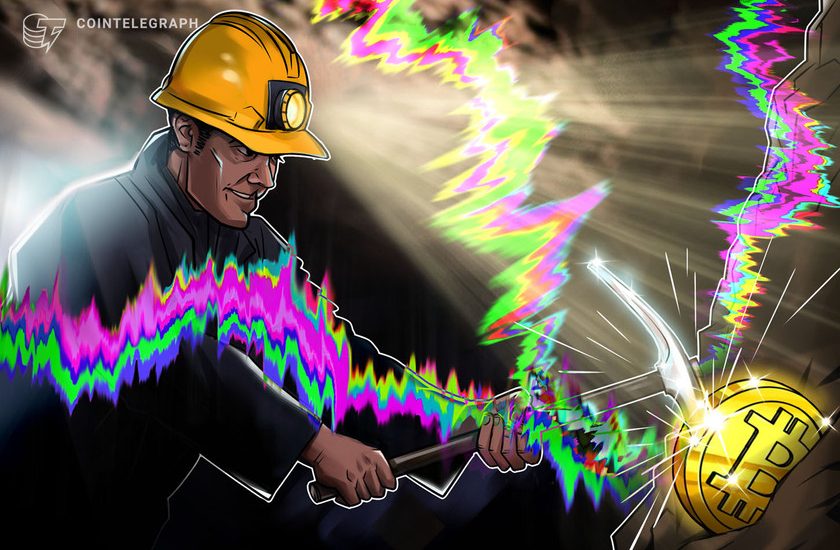- July 31, 2021
- Posted by: admin
- Category: BitCoin, Blockchain, Cryptocurrency, Investments


The opportunity in Bitcoin mining has never looked better, and the U.S. has the infrastructure to take the chance.
In the last few weeks, the Bitcoin (BTC) mining market has experienced a black swan event, leading to a lot of uncertainty and confusion surrounding the future of the market. This is why I felt it was right to give the public a quick update and explain why it’s a fantastic time for Bitcoin mining in the United States.
Bitcoin miners are rewarded Bitcoin for securing the network and for each block they mine. As more miners participate, the difficulty rate increases and the reward for each individual miner’s security contribution decreases. And vice versa, when fewer miners are participating, the difficulty rate decreases and the reward for each miner’s contribution increases. Understanding this is key as to why this is an exciting time to get into mining.
Related: A trade war misstep? China is vacating crypto battlefield to US banks

Recently, we have experienced a historic decrease in the difficulty rate. This chart shows the initial impact of Chinese miners being forced to shut down and move out of China.
Related: China crackdown shows industrial Bitcoin mining a problem for decentralization
There are many potential reasons why this occurred, but the net result is that an exodus of Chinese miners and their equipment has begun. As of July 2, the rate was adjusted by -27.94 percent. It was the fourth negative adjustment that happened in a row, “with the difficulty rate almost halving since mid-May.”
Let’s take a look at the most recent block time intervals.

Even with record-high Bitcoin prices, we are still anticipating additional rate decreases in the near future.
However, the difficulty decrease wasn’t over at that point, and with the additional drop of over 27% in early July, the volatility is still coming as the network catches up to the effects of all these miners going offline. These events have caused a lot of dramatic and quick changes to the crypto mining market, but their impacts can be boiled down to three major changes:
- There is a shortage of low-cost electricity mining locations and power infrastructure in the market. There’s simply not enough infrastructure to absorb the demand coming from Chinese miners.
- Equipment prices are dropping fast and profitability is increasing for miners. We estimate that equipment prices will fall to all-time lows given the flood of equipment, while mining profitability soars. As a result, we estimate mining profitability will increase by 35% after the difficulty adjustment.
- Cheap power locations can take a year or more to negotiate, contract and develop. Given these circumstances, current operators have a unique opportunity because they already have established resources and partnerships that they can utilize.
The last time that the difficulty rate was around 15 trillion was in January 2020, with Bitcoin being worth only $7,000. Currently, the price of BTC is around $32,000, more than four times higher. With low-priced hardware for mining and the high price of Bitcoin, the opportunity in Bitcoin mining has never looked better. Right now, it’s not about the mining equipment, it’s more about the infrastructure.
As all investors know, the time to invest is when costs are heavily discounted. For Bitcoin mining, that’s right now.
This article does not contain investment advice or recommendations. Every investment and trading move involves risk, and readers should conduct their own research when making a decision.
The views, thoughts and opinions expressed here are the author’s alone and do not necessarily reflect or represent the views and opinions of Cointelegraph.
